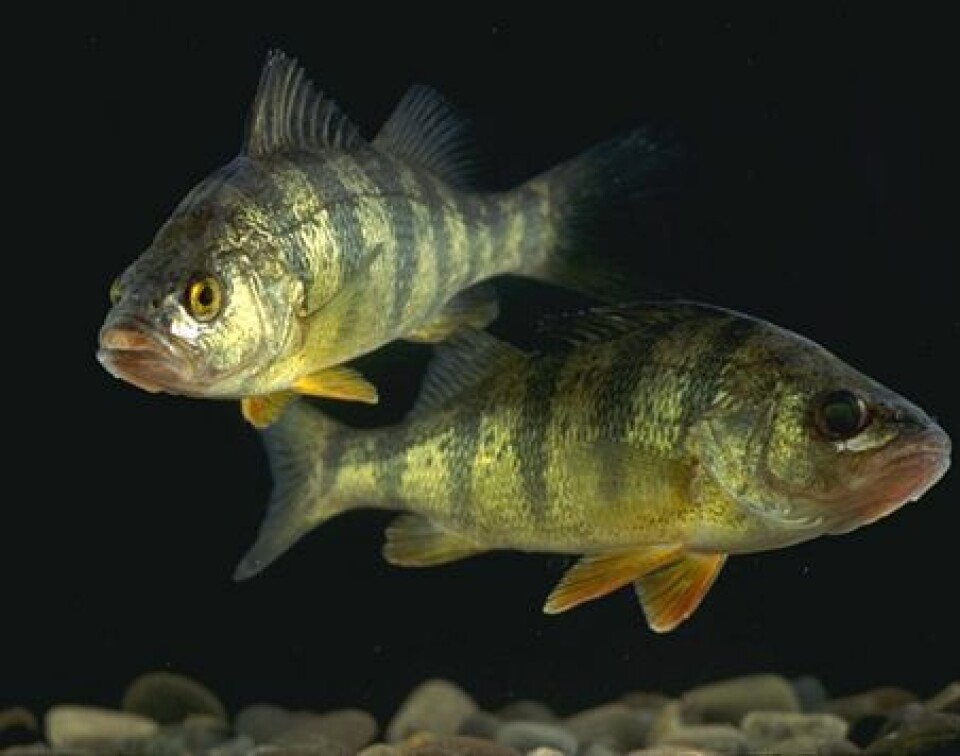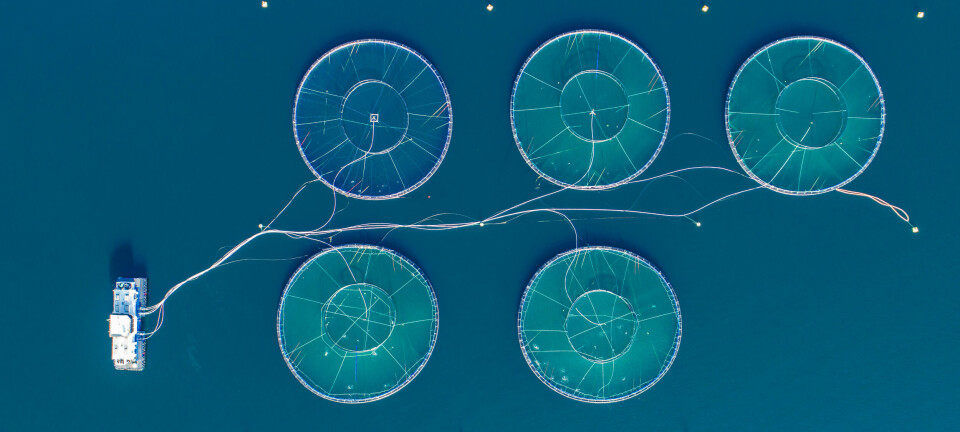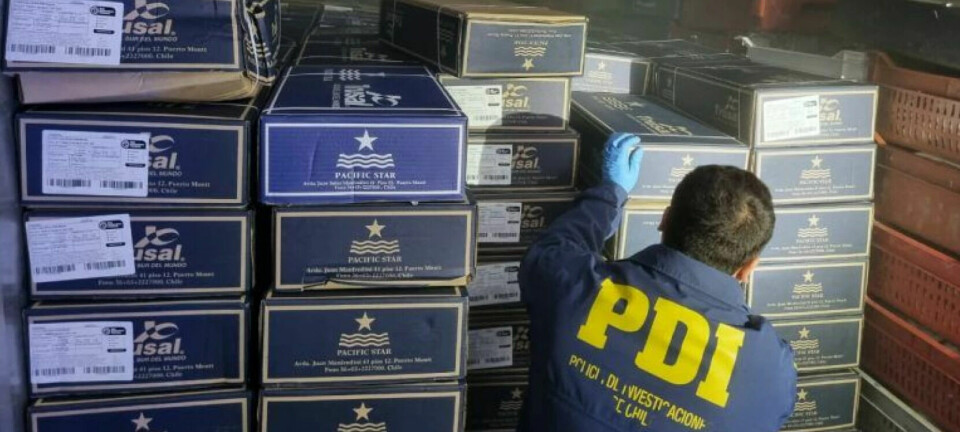
Perch trial reveals ‘incredible’ effect on lice
Two species of Pacific perch are showing “incredible” aptitude as cleaner fish for salmon, according to research by the British Columbia Centre for Aquatic Health Sciences in Canada.
Preliminary trials in 2016 showed that both kelp perch and pile perch clean lice from infested salmon, reducing the need for chemical treatments of sea lice on ocean-based fish farms.
But a recent series of trials by research associate Shannon Balfry have produced spectacular results.
“Pile perch have been known to pick sea lice off other fish in nature, so we thought we would give it a try and it worked,” Balfry told the Vancouver Sun newspaper.
In a recent trial four kelp perch were placed in a tank with 40 salmon infested with 370 sea lice and within ten days only six lice remained. “It was pretty incredible,” she said.
Video of the perch interacting with infested salmon appears to show the cleaner fish start plucking lice from their tank-mates in less than an hour.
Sea lice attach themselves to salmon with tiny hooks, but the perch seem able to remove them without causing injury, Balfry told the newspaper.

Larger lab-based trials are planned for 2017 and ocean-based trials are in the works for 2018.
Last month fishfarmingexpert.com reported that an investigation into implementing kelp perch and pile perch as sea lice cleaner fish for farmed Atlantic salmon was viewed as crucial to the marine ecosystem on the British Columbia’s Pacific coast and would receive funding from the British Columbia Salmon Farmers Association.
Lumpfish and wrasse
Marine Harvest and the seafood sustainability organization Sea Pact are also providing funding to continue the research in 2017. Preliminary trials were supported by Fisheries and Oceans Canada and the Vancouver Aquarium.
BC salmon farmers spend a lot of money and energy monitoring and controlling sea lice that are passed from wild salmon to farmed Atlantic salmon. Conditions on the farms can lead to concentrated outbreaks on salmon, which are treated with emamectin benzoate, sold under the trade name Slice.
Lumpfish and wrasse are used as cleaner fish on salmon farms in Norway and Scotland where they are deployed by the millions.
“They raise more cleaner fish in Norway than we do salmon,” Jeremy Dunn, executive director of the BC Salmon Farmers Association, told the Vancouver Sun. “It has become its own industry.”
“Cleaner fish have the potential to become an ecologically friendly way to control sea lice and it will help our member farms achieve Aquaculture Stewardship Council certification.
The BCSFA has pledged that all BC salmon farms will be certified by 2020.
Video of the trials by Shannon Balfry can be found here.




















































